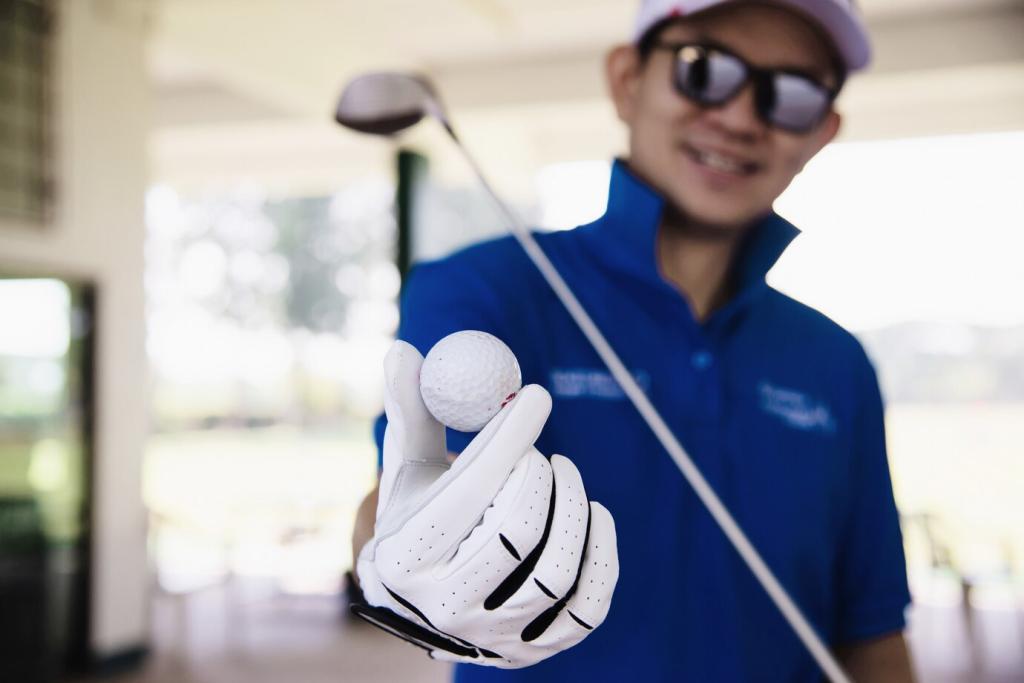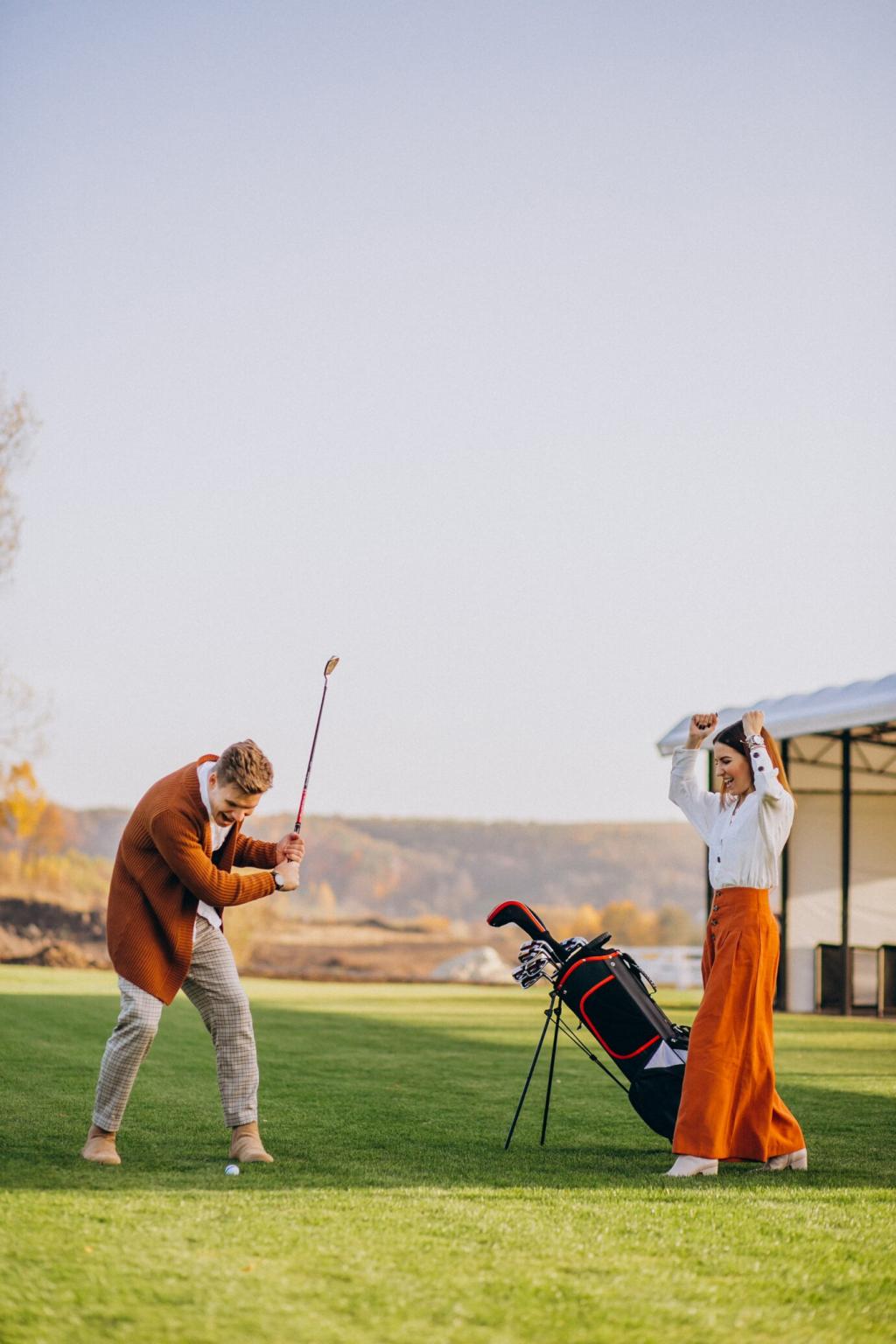Swing Stories: Insights from Professional Golfers
Chosen theme: Swing Stories: Insights from Professional Golfers. Step inside the minds, ranges, and fairways of the players who shape their careers around one repeatable motion. Expect candid tales, practical wisdom, and field-tested habits you can borrow today. Share your swing story in the comments and subscribe for weekly pro insights that feel like a locker-room conversation.
A major winner once described grip pressure like a dimmer switch: bright enough to feel structure, soft enough to allow speed. When tension spikes, faces close or stall. Pros calibrate on the range by alternating three pressures, then choosing the lightest that still stabilizes the strike. Try it, then comment with your sweet spot.



Practice Routines That Make Swings Travel
Before tournaments, pros paint windows in the air: a start line over the range flag, curvature past a distant tree, carry to a sign. They note which window is reliable that day, then game-plan around it. Do three windows with five balls each, keep score, and post your best window and miss pattern for feedback.
Practice Routines That Make Swings Travel
A tour player confessed that feel lied to him until daily checkpoints proved otherwise. Side view for shaft pitch, down-the-line for path and face, mirror for posture. Film one swing at speed, one in slow motion, then rehearse fixes in front of a mirror. Share your timestamped clips and the single frame that unlocked clarity.
The Mental Link Between Thought and Motion
One Swing Thought, One Story
A top finisher keeps a single swing story for entire rounds: soft hands to the top, then finish tall. If a shot misbehaves, he updates the story only after nine holes. Stability beats novelty. Choose one thought for your next round, journal the results, and reply with whether fewer ideas actually freed your motion.
Breathing as a Speed Governor
When adrenaline spikes, swings rush. A veteran uses a four-count inhale, two-count hold, four-count exhale before settling into posture. He aims to start the club only after the exhale settles. Heart and hands sync. Test this cadence on three pressure holes, note clubhead control, and share your calmest strike of the day.
Post-Shot Learning Loops
Pros learn mid-round without self-sabotage. After each strike, they tag the real cause: face, path, or contact. Two neutral words, then reset. The habit protects confidence while guiding micro-adjustments. Adopt the loop for nine holes, record trends, and comment which tag appeared most often and how it redirected your next swing.
Fitting Choices That Shape Swing Decisions
01
One pro dropped driver spin by switching to a lower torque shaft, immediately seeing tighter curvature and longer carry in crosswinds. Another raised launch for better carry on soft fairways. Use a launch monitor to compare peak height and offline dispersion across three shafts. Share your numbers and which profile matched your natural release.
02
A slight toe-dig pushed a player’s flight left. A one-degree upright adjustment evened divots and start lines. Wedge grinds changed how the club slid through tight Bermuda. Mark your sole with tape, check strike boards, and log ball flights. Report your most consistent lie angle and how turf feel influenced swing confidence.
03
Pros often pick a ball for approach control, then fit the driver around it. Lower spin can calm a hook; higher spin can hold firm greens. Test three models over wedges, mid-irons, and driver, prioritizing flight windows, not just distance. Post your spin averages and which ball protected your favorite shot under pressure.
Adapting the Swing to Conditions
Into the wind, pros take more club, shorten the finish, and match face to path for a boring flight. Downwind, they favor higher launch and softer landings. Crosswinds demand start lines that anticipate curve. Rehearse three finish heights, track carry gapping, and share your most dependable wind window with our readers.

Adapting the Swing to Conditions
From gnarly lies, a steeper, shorter swing with more loft helps beat grass grab. One tour story: a player strengthened grip slightly, aimed right, and accepted a hot release to the green’s safe side. Practice from rough with predetermined outcomes, then comment on which club and landing zone produced repeatable escapes.
Coaching, Tech, and the Data-Backed Swing
Pros track face-to-path relationship, low-point control, and spin axis tilt as the heartbeat of ball flight. They benchmark stock patterns, then measure how small swing notes shift numbers. Run a session with baseline, change, and retest, and post screenshots with your average face-to-path. Let’s discuss whether the ball agreed with the math.



